
Safe and Kid-Friendly: Non-Toxic Succulents for Pets and Children
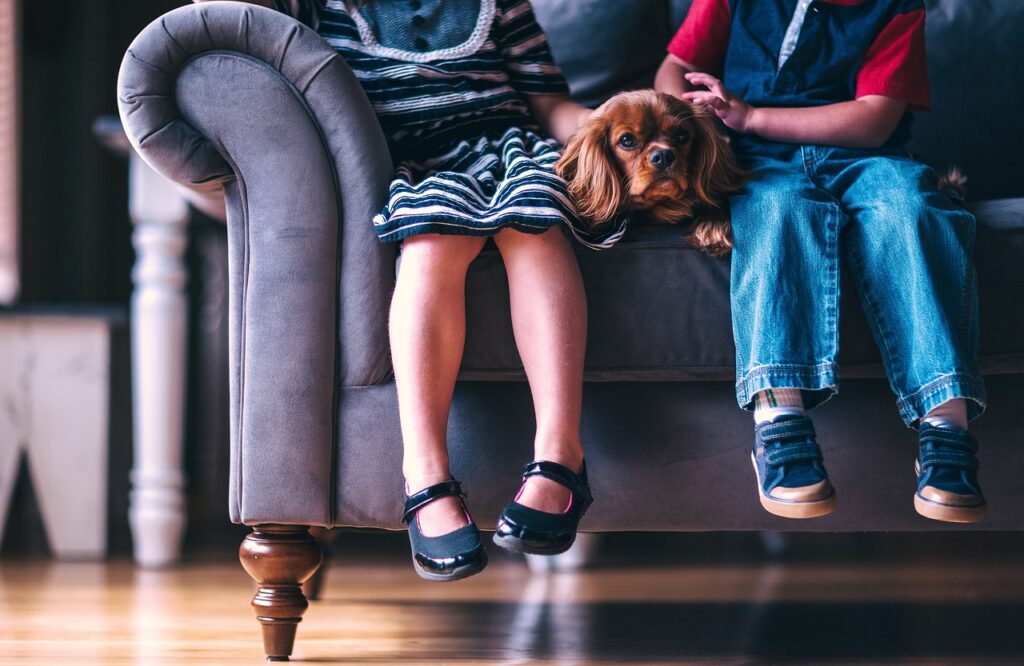
Succulents have become increasingly popular in recent years, adorning homes, offices, and even wedding bouquets. With their unique shapes and vibrant colors, these plants have captured the hearts of many plant enthusiasts. However, for those with pets or young children, it is crucial to choose succulents that are safe and non-toxic.
We will explore a variety of non-toxic succulents that are safe for both pets and children. We will discuss the potential dangers of toxic succulents and provide a list of safe alternatives. Additionally, we will share tips on how to create a kid-friendly and pet-friendly environment for your succulent collection, ensuring the well-being of your loved ones and your plants. Whether you are a succulent enthusiast looking to expand your collection or a parent/pet owner interested in adding some greenery to your space, this article will provide you with the information you need to make safe and informed choices.
- Choose succulents that are labeled as non-toxic to pets and children
- Opt for succulents that do not have spiky or sharp leaves
- Keep succulents out of reach of pets and children to avoid ingestion
- Avoid succulents that have a milky sap, as it can cause skin irritations
- Research specific succulent varieties to ensure they are safe for pets and children
- Consider placing succulents in hanging pots or elevated areas to prevent access
- Regularly inspect succulents for any signs of damage or pests
- Provide alternative safe plants or toys for pets and children to divert their attention
- Educate children about the importance of not touching or eating the succulents
- Frequently Asked Questions
Choose succulents that are labeled as non-toxic to pets and children
When it comes to creating a safe and kid-friendly environment in your home, it’s important to choose plants that won’t pose a threat to your pets or children. Succulents are a popular choice for many households due to their low-maintenance nature and unique beauty. However, not all succulents are safe for little ones and furry friends.
To ensure the well-being of your loved ones, it is crucial to select succulents that are specifically labeled as non-toxic. These succulents have been tested and proven to be safe in case of accidental ingestion or contact.
Why choose non-toxic succulents?
Children and pets are naturally curious, and it's not uncommon for them to explore their surroundings by touching or even tasting plants. By opting for non-toxic succulents, you can have peace of mind knowing that even if your child or pet decides to take a little nibble, they won't be harmed.
Non-toxic succulents are also a great choice if you have pets that love to dig or play in the soil. Some succulents contain compounds that can cause irritation or even toxicity when ingested or come into contact with the skin. By choosing non-toxic varieties, you can eliminate this potential risk.
 Causes of Shriveled and Wrinkled Leaves in Succulents
Causes of Shriveled and Wrinkled Leaves in SucculentsTop non-toxic succulents for pets and children
Here are some popular non-toxic succulents that are safe for both pets and children:
- Echeveria: These rosette-shaped succulents come in a variety of colors and are safe for pets and children.
- Haworthia: Known for their striking architectural shapes, Haworthia succulents are non-toxic and can be a great addition to any home.
- Crassula ovata (Jade Plant): This hardy succulent is not only safe for pets and children but also brings good luck and prosperity.
- Sedum: With its trailing stems and vibrant flowers, Sedum is a beautiful non-toxic succulent that can be enjoyed by the whole family.
Remember, while these succulents are deemed safe, it’s still important to keep an eye on your pets and children around plants. Accidents can happen, and it's better to be cautious.
By selecting non-toxic succulents, you can create a safe and harmonious environment for your pets and children without compromising on the beauty and joy that indoor plants bring.
Opt for succulents that do not have spiky or sharp leaves
When it comes to creating a safe environment for pets and children, it is important to choose non-toxic succulents that do not have spiky or sharp leaves. This will help prevent any potential injuries or discomfort.
Soft and Rounded Succulents
One type of safe succulent to consider is those with soft and rounded leaves. These varieties are generally gentle to touch and less likely to cause any harm. Examples of such succulents include:
- Echeveria: Echeveria is a popular choice among succulent enthusiasts. Its plump and smooth leaves make it a safe option for households with pets and children.
- Sedum: Sedums come in various shapes and sizes, but many of them have soft and rounded leaves. They are low-maintenance and can be a great addition to your collection of non-toxic succulents.
- Haworthia: Haworthias are known for their rosette-shaped leaves that grow in a compact manner. They are not only visually appealing but also safe for pets and children due to their soft leaves.
Non-Thorny Succulents
Another important factor to consider is avoiding succulents with thorns or spikes. These can be potential hazards, especially for curious pets or playful children. Here are a few non-toxic succulents that are thorn-free:
 Succulent Health: Healthy vs Unhealthy - Spot the Difference
Succulent Health: Healthy vs Unhealthy - Spot the Difference- Aloe Vera: Aloe Vera is a versatile succulent known for its numerous benefits. Not only is it safe for pets and children, but its gel can also be used to soothe minor burns and skin irritations.
- Christmas Cactus: The Christmas Cactus is a popular choice for its vibrant blooms. It is not only non-toxic but also adds a festive touch to your indoor space during the holiday season.
- Snake Plant: The Snake Plant, also known as Sansevieria, is a hardy succulent that can thrive in various conditions. It is non-toxic and has long, sword-shaped leaves that do not have any thorns or spikes.
By carefully selecting succulents without spiky or sharp leaves, you can create a safe and kid-friendly environment for your loved ones, both human and furry.
Keep succulents out of reach of pets and children to avoid ingestion
While succulents are generally considered safe and non-toxic, it's important to keep them out of reach of both pets and children. Although succulents are low-maintenance and make great additions to any home, some varieties can be harmful if ingested.
Children and pets are naturally curious and may be tempted to touch or taste these beautiful plants. To ensure the safety of your loved ones, it's crucial to take a few precautions when introducing succulents into your home.
Choose non-toxic succulents
When selecting succulents for your home, opt for non-toxic varieties. There are numerous safe options available that can add beauty to your space without posing a risk to your children or pets. Some popular non-toxic succulents include:
- Hens and Chicks (Sempervivum) - These hardy succulents come in a variety of colors and textures, making them a great choice for both indoor and outdoor gardens.
- Burro's Tail (Sedum morganianum) - With its trailing stems and delicate foliage, this succulent adds a touch of elegance to any space. It's safe for pets and children.
- Zebra Haworthia (Haworthia fasciata) - This unique succulent features striking white stripes on its leaves. It's safe to have around pets and kids.
- Echeveria - Echeverias come in various shapes and colors, and they are safe for both pets and children. Their rosette-like appearance adds a charming touch to any succulent collection.
Place succulents out of reach
To prevent accidental ingestion, it's crucial to place your succulents in areas that are inaccessible to pets and children. Consider using hanging baskets, elevated shelves, or wall-mounted planters to keep them out of reach.
If you have small children or pets that are particularly curious or prone to getting into things, it's best to place your succulents in rooms that can be closed off or use protective barriers such as baby gates or pet enclosures to ensure they cannot access the plants.
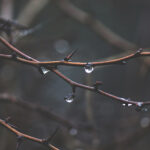 Understanding the Factors Behind Brown Stem in Succulents
Understanding the Factors Behind Brown Stem in SucculentsTeach children about plant safety
Education is key when it comes to keeping children safe around succulents. Take the time to teach them about plants and explain that while many are harmless, some can make them sick if ingested. Encourage them to look but not touch or taste the plants without adult supervision.
By following these safety measures and selecting non-toxic succulents, you can enjoy the beauty of these low-maintenance plants while ensuring the well-being of your pets and children.
Avoid succulents that have a milky sap, as it can cause skin irritations
When it comes to choosing succulents that are safe for both pets and children, it's important to be aware of certain characteristics that may pose a risk. One of the key factors to consider is whether the succulent has a milky sap. This milky sap, also known as latex, can be potentially harmful and cause skin irritations if it comes into contact with the skin.
Research specific succulent varieties to ensure they are safe for pets and children
When it comes to choosing plants for our homes, safety should always be a top priority, especially if you have pets or young children. While succulents are generally considered low-maintenance and safe, it is important to research specific varieties to ensure they are non-toxic.
Here is a list of non-toxic succulent varieties that are safe for both pets and children:
Sempervivum (Hens and Chicks)
Sempervivum, commonly known as Hens and Chicks, is a popular choice for succulent enthusiasts. These hardy plants are not only safe for pets and children, but they also come in a wide range of colors and textures, making them a beautiful addition to any indoor or outdoor space.
 Troubleshooting: Is My Succulent Dying from the Bottom Up?
Troubleshooting: Is My Succulent Dying from the Bottom Up?Echeveria
Echeveria succulents are not only visually stunning with their rosette-shaped leaves, but they are also safe for pets and children. These plants thrive in bright light and are relatively easy to care for, making them a great choice for beginners.
Crassula ovata (Jade Plant)
The Jade Plant, or Crassula ovata, is a popular succulent known for its thick, fleshy leaves and tree-like appearance. This plant is not only safe for pets and children but is also believed to bring good luck and prosperity. Just make sure to keep it out of reach, as the leaves can be tempting for little ones to touch.
Haworthia
Haworthia succulents are known for their unique, textured leaves that often have striking patterns. These plants are safe for pets and children and can be grown indoors or outdoors. They are also known for their ability to purify the air, making them an excellent choice for improving indoor air quality.
Remember, even though these succulents are considered safe, it is always important to supervise children and pets around plants. If you have any concerns about specific succulents or if you suspect your pet has ingested a toxic plant, consult your veterinarian immediately.
By choosing non-toxic succulents, you can create a safe and kid-friendly environment without compromising on the beauty and charm that these plants bring to your home.
Consider placing succulents in hanging pots or elevated areas to prevent access
If you have pets or children at home, it's important to ensure that the plants you bring into your space are safe and non-toxic. Succulents are known for their low maintenance and beautiful foliage, making them a popular choice for indoor and outdoor gardens. However, not all succulents are safe for pets and children to be around.
To keep your little ones and furry friends safe, consider placing your succulents in hanging pots or elevated areas where they cannot be easily accessed. This will prevent accidental ingestion or contact with any potentially harmful parts of the plant.
 The Common Reasons Succulents Die Easily: Understanding the Challenges
The Common Reasons Succulents Die Easily: Understanding the ChallengesRegularly inspect succulents for any signs of damage or pests
When it comes to keeping your pets and children safe around succulents, it's important to regularly inspect them for any signs of damage or pests. This proactive approach can help ensure that your little ones are not exposed to any harmful substances or potential hazards.
Inspecting your succulents should be a routine part of your plant care regimen. Look out for any signs of physical damage, such as broken or wilted leaves, as well as any unusual discoloration or spots. These could be indicators of disease or pest infestation.
If you notice any damage or pests on your succulents, it's crucial to take immediate action. Remove any affected parts of the plant and isolate it from other healthy plants to prevent the spread of pests or disease. Consider using natural remedies or consulting with a professional to address the issue safely.
Remember, prevention is key. Regularly inspecting your succulents will help you catch any problems early on, ensuring a safe environment for your pets and children to enjoy.
Provide alternative safe plants or toys for pets and children to divert their attention
When it comes to creating a safe environment for our beloved pets and children, it's important to consider all potential hazards, including the plants we bring into our homes. While succulents are generally low-maintenance and easy to care for, not all varieties are safe for pets and children to be around. However, there are plenty of non-toxic succulents that can add beauty to your indoor or outdoor space without posing a risk to your little ones.
Why choose non-toxic succulents?
Non-toxic succulents are a great choice for households with pets and children for several reasons:
- Safety: Non-toxic succulents are free from harmful substances that could potentially cause health issues when ingested or touched.
- Piece of mind: By choosing non-toxic succulents, you can enjoy the beauty of these plants without worrying about the safety of your pets or children.
- Educational value: Non-toxic succulents provide an opportunity to teach children about plants and responsible pet ownership while ensuring their safety.
Top non-toxic succulents for pets and children
Here are some popular non-toxic succulents that are safe to have around pets and children:
 Could Succulents Be Vulnerable to Fungal Infections?
Could Succulents Be Vulnerable to Fungal Infections?- Echeveria: With their rosette-shaped leaves and vibrant colors, Echeverias are not only safe but also visually appealing.
- Haworthia: These small succulents are known for their unique leaf patterns and are safe for both pets and children.
- Sedum: Sedums come in various shapes and sizes, making them versatile additions to any succulent collection.
- Christmas Cactus: This popular holiday succulent is non-toxic and can add a festive touch to your home during the holiday season.
Remember, even with non-toxic succulents, it's important to supervise your pets and children around plants to prevent accidental ingestion or damage. Additionally, it's always a good idea to consult with a veterinarian or do thorough research before introducing any new plants to your home.
By choosing non-toxic succulents, you can create a safe and kid-friendly environment while still enjoying the beauty and benefits of these stunning plants. So go ahead, decorate your space with non-toxic succulents and let your pets and children explore their surroundings worry-free!
Educate children about the importance of not touching or eating the succulents
When it comes to having succulents around pets and children, safety should always be a top priority. While succulents are generally considered non-toxic, it is important to teach children about the potential dangers of touching or eating these plants.
Why should you educate children about succulent safety?
- Prevention of accidental ingestion: Some succulents may have small thorns or spines that can cause discomfort if touched. Ingesting certain varieties of succulents can also lead to mild stomach upset or skin irritation.
- Teaching responsibility: Educating children about succulent safety helps instill a sense of responsibility towards living things and promotes understanding and empathy towards nature.
- Promoting healthy habits: By teaching children to respect and care for succulents, you can encourage them to develop a love for gardening and foster a sense of appreciation for the environment.
How can you educate children about succulent safety?
- Explain the concept of non-toxic plants: Teach children that while succulents are generally safe, it is important to avoid touching or eating them without adult supervision.
- Show examples: Show children pictures or real-life examples of succulents and point out their unique features, such as thorns or spines, to help them understand why caution is necessary.
- Set boundaries: Establish clear boundaries by designating certain areas where succulents are kept and explaining that they should not be touched or eaten without permission.
- Teach proper handwashing: Emphasize the importance of washing hands after handling succulents to prevent any potential irritation or transfer of dirt or bacteria.
- Involve children in care routines: Engage children in age-appropriate tasks, such as watering or repotting succulents, to foster a sense of responsibility and connection with the plants.
Remember, educating children about succulent safety is crucial in ensuring a safe and enjoyable environment for both them and your beloved plants.
 Can Succulents Survive Fire? Fire Safety for Hardy Plants
Can Succulents Survive Fire? Fire Safety for Hardy PlantsFrequently Asked Questions
1. Are all succulents safe for pets and children?
No, not all succulents are safe for pets and children. Some varieties can be toxic if ingested. It's important to choose non-toxic succulents for a safe environment.
2. Which succulents are safe for pets and children?
Some safe succulents for pets and children include Echeveria, Haworthia, and Sempervivum. These non-toxic varieties are great options for a kid-friendly environment.
3. How can I ensure the safety of my pets and children around succulents?
To ensure safety, place succulents out of reach of pets and children. Keep them in hanging baskets, on high shelves, or in areas where they cannot be easily accessed.
4. What should I do if my pet or child ingests a toxic succulent?
If ingestion occurs, seek immediate medical attention for your pet or child. Contact a veterinarian or pediatrician for guidance on the next steps to take.
If you want to read more articles similar to Safe and Kid-Friendly: Non-Toxic Succulents for Pets and Children, you can visit the Pests and Diseases category.

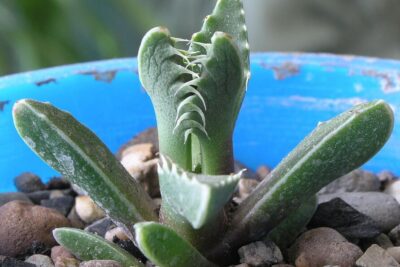
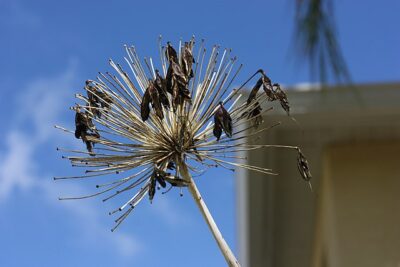
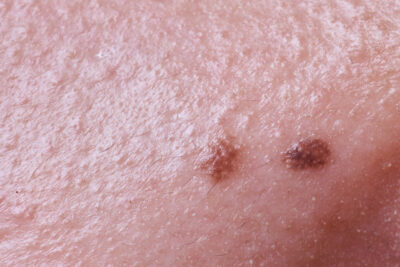
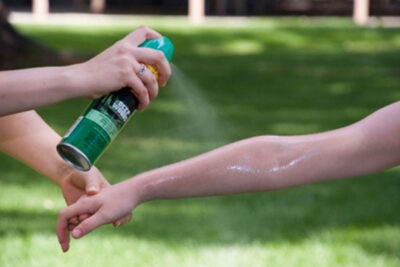

You Must Read